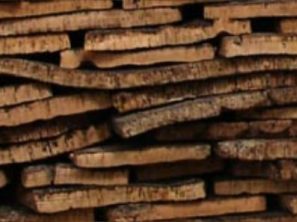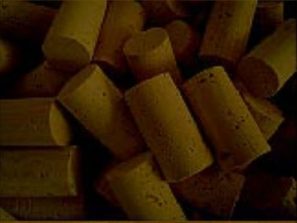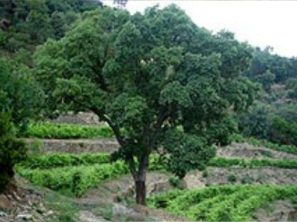
The Cork
Cork is an organic material which comes from the bark of the cork oak tree, known scientifically as “Quercus Suber”.
Cork oaks grow naturally in the Iberian Peninsula, and you can still find spontaneous cork oak growth in large areas of Portugal and Spain. In Portugal, the cork oak is part of the natural landscape in the regions of the coastal Alentejo, the Setúbal peninsula, the Baixa Estremadura, the Algarve mountains (except in the areas close to the River Guadiana) and part of the Ribatejo.
Portugal is the world’s largest producer of cork. When it is harvested for the first time – after around 25 years – it is called ‘virgin’ cork. The second harvest, known as ‘secundeira’, is made a minimum of nine years later, and the same interval is required for all subsequent harvests. The best cork, known as ‘amadia’, comes only after the third harvest. This is the kind used to make corks.
Natural cork is impermeable, elastic, odourless and does not affect the taste of the liquid in the bottle. For these reasons, it is considered an excellent seal. It is also resistant to deterioration through aging or chemical activity, and is biodegradable or recyclable after use. However, the use of cork is not limited to wine production. It has several other uses, including floor coverings, insulation (thermal and acoustic), shoe constituents and car components, amongst many others. Cork production is an agricultural activity with a long tradition, but at the same time it has developed to become a modern, industrial process. Cork is not just a Portuguese product that is internationally recognized, but it is also a symbol of Portugal itself.




